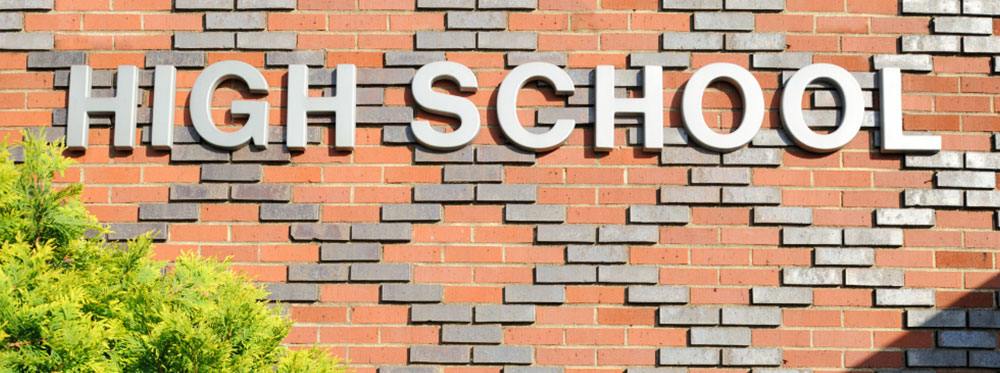High school is the stage where students begin to face real-world challenges and make decisions that shape their future. One of the most important areas of decision-making is selecting the right curriculum — and the right courses — to support academic and career goals.
While some subjects are mandatory, many schools offer elective options that allow students to tailor their learning to their interests and aspirations. But with so many choices, students and parents alike can find the process overwhelming.
How to Choose the Right High School Courses?
Each education system — whether national or international — comes with a set of mandatory courses needed for graduation. Beyond that, universities may require specific subject combinations, depending on the country, degree program, or institution.
It’s important for students to research the educational requirements of their target universities. This often includes consulting with parents, reviewing national education guidelines, and seeking advice from school counselors. Understanding what’s mandatory — and what’s flexible — can help students align their high school coursework with their long-term goals.
As a general recommendation, students should ensure that at least one elective course reflects their personal interests. Passion and curiosity often lead to deeper engagement and greater success in that subject area.
Core Mandatory High School Subjects
- Language and Literature: Studying the national language or English improves written and oral communication — a vital skill for any academic or professional path.
- Mathematics: Builds logical reasoning and problem-solving skills necessary for everyday life and many careers.
- Sciences: Courses such as biology, chemistry, or physics develop understanding of the natural world and scientific inquiry.
- Social Studies: Includes history, geography, and economics — promoting awareness of social systems and global contexts.
- Foreign Languages: Learning additional languages enhances communication skills and cultural understanding.
Popular Elective Course Areas
The number and type of electives a student should take varies depending on curriculum intensity and extracurricular commitments. Some of the most popular and enriching elective courses include:
- Physical Education: Important for physical health, discipline, and balance in academic life.
- Arts: Develops creative expression and aesthetic appreciation.
- Computer Science: Enhances digital literacy and offers essential 21st-century skills.
- Business: Introduces core entrepreneurial concepts and real-world problem solving.
- Graphic Design: Combines creativity and technical skill, ideal for visual learners.
- Psychology: Fosters understanding of human behavior, useful in many academic and career fields.
Choosing a Flexible Curriculum
Students interested in international universities may benefit from choosing curricula such as IGCSE or IB. These offer flexibility and recognized qualifications that support applications abroad. Most programs allow students to select a mix of core and elective subjects — balancing academic breadth with areas of specialization.
Schools may recommend a range of 5–7 subjects at the IGCSE level or 3–4 subjects at the A/AS level, depending on the student’s academic goals and schedule. Many also offer add-on subjects to deepen or diversify a student’s portfolio.
Conclusion
Selecting the right high school subjects is a strategic and personal process. It should reflect both a student’s strengths and their goals for the future. Working closely with teachers, parents, and school counselors can help ensure that students choose courses that prepare them academically, intellectually, and emotionally for life after high school.
Below, international schools share how they guide students through subject selection — helping them design course schedules that are both meaningful and future-ready.
